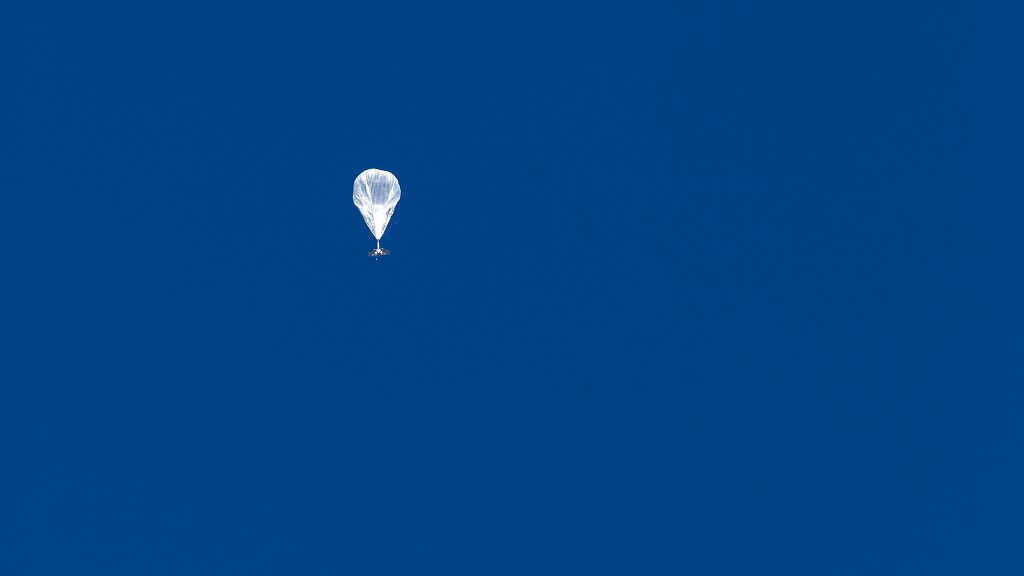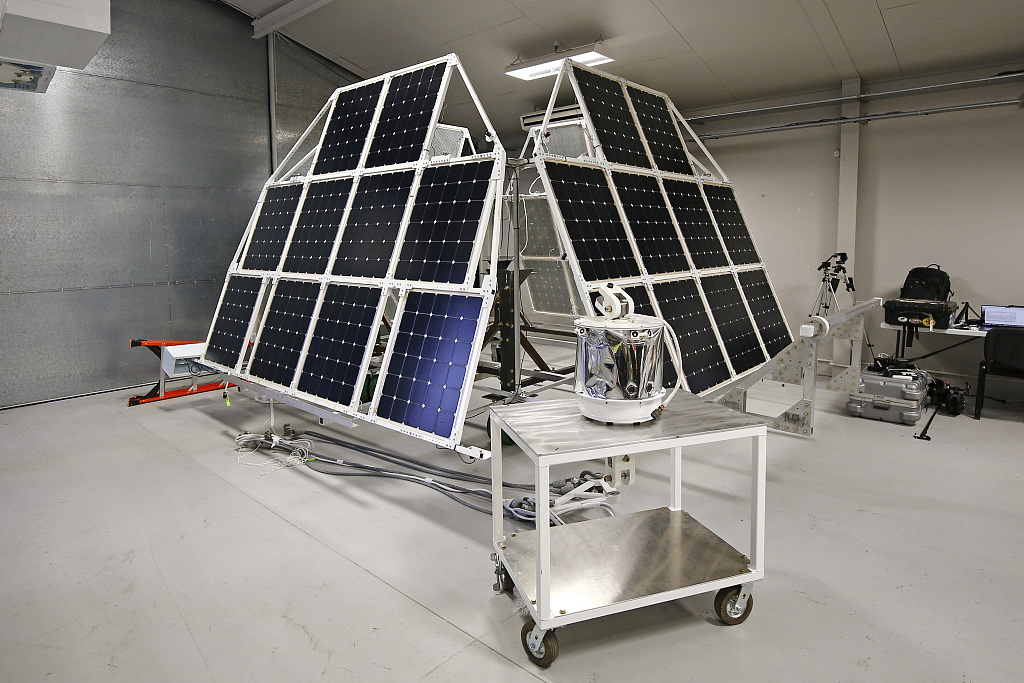
Giant balloons carrying electronic devices fly more common than a lot of people think.
Giant balloons carrying electronic devices fly more common than a lot of people think.
The Chinese balloon incident is still not over, and memes have been spreading all over social media. A big balloon with solar panel arrays looks like a high-tech device, making people wonder what it's capable of.
An official from the U.S. State Department told the media that the balloon is equipped with "electronic surveillance technology" and is capable of "monitoring U.S. communications."
The Chinese foreign ministry repeatedly said the balloon is a "civilian airship" used for "research, mainly meteorological purposes," and criticized the U.S. side for shooting it down.
The descriptions from the two sides vary greatly, with the Chinese side referring to it as a weather balloon, while the U.S. media likens it to a "spy tool."
Two ways to say the same thing?
With that said, the two descriptions could still, technically, refer to the same kind of balloon.
A cute, harmless weather balloon can be equipped with solar arrays to do a better job.
A quick example is the Super Pressure Balloon from NASA. It is often equipped with giant solar panel arrays to power the payload for extended times. The balloon has a history of circumnavigating the globe and crossing the Pacific Ocean.

The payload solar panels are pictured at the NASA Super Pressure Balloon launch in Wanaka, New Zealand, May 11, 2022. /CFP
The payload solar panels are pictured at the NASA Super Pressure Balloon launch in Wanaka, New Zealand, May 11, 2022. /CFP
In addition to that, a surveillance device doesn't automatically spell spying. "Electronic surveillance technology" can still mean weather balloon, as the payload almost surely involve electronic sensors that monitor temperature, humidity and wind speed.
Actually, more than 900 weather balloons, equipped with a device called radiosonde, are launched twice every day around the world to record the Earth's atmosphere. Though the Chinese balloon in question is obviously bigger than an average weather balloon, it doesn't get out of the field of scientific research.
Of course, such surveillance is not meant to be carried out in another country. That's why the Chinese foreign ministry said China "regrets the unintended entry."
Force majeure
The Chinese side said the balloon wasn't intended to enter U.S. territory. Instead, it got out of control and wandered to America due to force majeure.
"In this case, prompt notification and coordination should be facilitated," said Su Jinyuan, a professor at the Institute of International Law, Wuhan University.
On the contrary, the U.S. side "is suspected of violating Article 3bis of the Chicago Convention," Su told CGTN.
The Chicago Convention, or Convention on International Civil Aviation, is ratified by both China and the U.S.. The article stipulates that every contracting party "must refrain from resorting to the use of weapons against civil aircraft in flight."
In case of interception, the convention said, "the safety of aircraft must not be endangered."